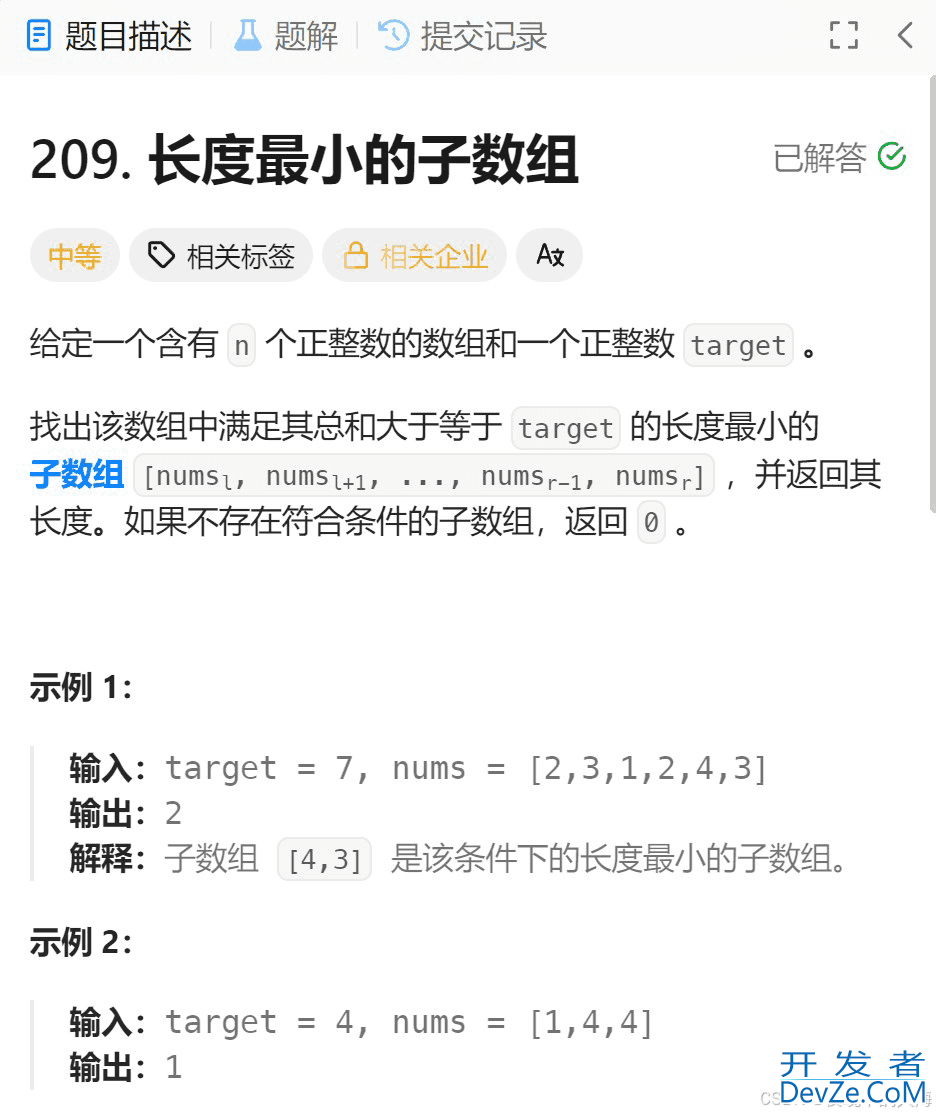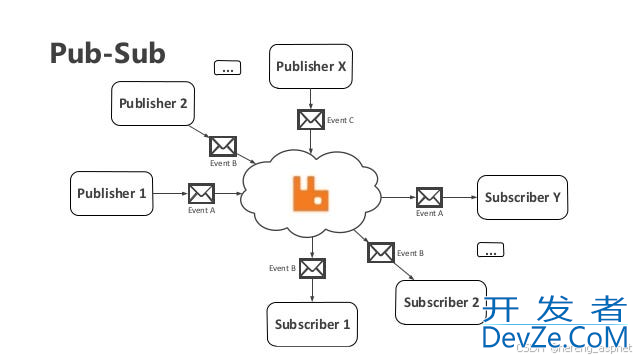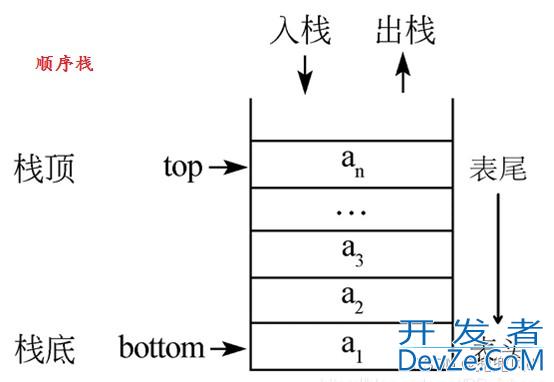python 中使用线程有两种方式:函数或者用类来包装线程对象。
函数式:
调用 thread 模块中的start_new_thread()函数来产生新线程。
语法如下:
thread.start_new_thread(function, args[, kwargs])
参数说明:
- function - 线程函数。
- args - 传递给线程函数的参数,它必须是个 tuple 类型。
- kwargs - 可选参数。
import thread
import time
# 为线程定义一个函数
def print_time(threadName, delay):
count = 0
while count < 5:
time.sleep(delay)
count += 1
print ("%s: %s" % (threadName, time.ctime(time.time())))
# 创建两个线程
try:
thread.start_new_thread(print_time, ("Thread-1", 2,))
thread.start_new_thread(print_time, ("Thread-2", 4,))
except:
print ("Error: unable to start thread")
while 1:
pass
使用 Threading 模块创建线程
使用 Threading模块创建线程,直接从 threading.Thread 继承,然后重写__init__方法和 run 方法:
import threading
import time
exitFlag = 0
class myThread (threading.Thread): #继承父类threading.Thread
def __init__(self, threadID, name, counter):
threading.Thread.__init__(self)
self.threadID = threadID
self.name = name
self.counter = counter
def run(self): #把要执行的代码写到run函数里面 线程在创建后会直接运行run函数
print ("Starting " + self.name)
print_time(self.name, self.counter, 5)
print ("Exiting " + self.name)
def print_time(threadName, delay, counter):
while counter:
if exitFlag:
(threading.Thread).exit()
time.sleep(delay)
print ("%s: %s" % (threadName, time.ctime(time.time())))
counter -= 1
# 创建新线程
thread1 = myThread(1, "Thread-1", 1)
thread2 = myThread(2, "Thread-2", 2)
# 开启线程
thread1.start()
thread2.start()
print ("Exiting Main Thread")
线程同步
如果多个线程共同对某个数据修改,则可能出现不可预料的结果,为了保证数据的正确性,需要对多个线程进行同步。
使用 Thread 对象的 Lock 和 Rlock 可以实现简单的线程同步,这两个对象都有 acquire 方法和 release 方法,对于那些需要每次只允许一个线程操作的数据,可以将其操作放到 acquire 和 release 方法之间。如下:
import threading
import time
class myThread (threading.Thread):
def __init__(self, threadID, name, counter):
threading.Thread.__init__(self)
self.threadID = threadID
self.name = name
self.counter = counter
def run(self):
print ("Starting " + self.name)
# 获得锁,成功获得锁定后返回True
# 可选的timeout参数不填时将一直阻塞直到获得锁定
# 否则超时后将返回False
threadLock.acquire()
print_time(self.name, self.counter, 3)
# 释放锁
threadLock.release()
def print_time(threadName, delay, counter):
while counter:
time.sleep(delay)
print ("%s: %s" % (threadName, time.ctime(time.time())))
counter -= 1
threadLock = threading.Lock()
threads = []
# 创建新线程
thread1 = myThread(1, "Thread-1", 1)
thread2 = myThread(2, "Thread-2", 2)
# 开启新线程
thread1.start()
thread2.start()
# 添加线程到线程列表
threads.append(thread1)
threads.append(thread2)
# 等待所有线程完成
for t in threads:
t.join()
print ("Exit编程客栈ing Main Thread")
线程优先级队列(Queue)
Python 的 Queue 模块中提供了同步的、线程安全的队列类,包括 FIFO(先入先出)队列 Queue,LIFO(后入先出)队列 LifoQueue 和优先级队列 PriorityQueue。这些队列都实现了锁原语,能够在多线程中直接使用。可以使用队列来实现线程间的同步。
Queue 模块中的常用方法:
- Queue.qsize() 返回队列的大小
- Queue.empty() 如果队列为空,返回True,反之False
- Queue.full() 如果队列满了,返回True,反之False
- Queue.full 与 maxsize 大小对应
- Queue.get([block[, timeout]])获取队列,timeout等待时间
- Queue.get_nowait() 相当Queue.get(False)
- Queue.put(item) 写入队列,timeout等待时间
- Queue.put_nowait(item) 相当Queue.put(item, False)
- Queue.task_done() 在完成一项工作之后,Queue.task_done()函数向任务已经完成的队列发送一个信号
- Queue.join() 实际上意味着等到队列为空,再执行别的操作
import Queue
import threading
import time
exitFlag = 0
class myThread (threading.Thread):
def __init__(self, threadID, name, q):
threading.Thread.__init__(self)
self.threadID = threadID
self.name = name
self.q = q
def run(self):
www.cppcns.com print ("Starting " + self.name)
process_data(self.name, self.q)
print ("Exiting " + self.name)
def process_data(threadName, q):
while not exitFlag:
queueLock.acquire()
if not workQueue.empty():
data www.cppcns.com= q.get()
queueLock.release()
print ("%s processing %s" % (threadName, data))
else:
queueLock.release()
time.sleep(1)
threadList = ["Thread-1", "Thread-2", "Thread-3"]
nameList = ["One", "Two", "Three", "Four", "Five"]
queueLock = threading.Lock()
workQueue = Queue.Queue(10)
threads = []
threadID = 1
# 创建新线程
for tName in threadList:
thread = myThread(threadID, tName, workQueue)
threYXsKLSfad.stYXsKLSfart()
threads.append(thread)
threadID += 1
# 填充队列
queueLock.acquire()
for word in nameList:
workQueue.put(word)
queueLock.release()
# 等待队列清空
while not workQueue.empty():
pass
# 通知线程是时候退出
exitFlag = 1
# 等待所有线程完成
for t in threads:
t.join()
print ("Exiting Main Thread")
到此这篇关于Python多线程入门学习的文章就介绍到这了。希望对大家的学习有所帮助,也希望大家多多支持我们。







 加载中,请稍侯......
加载中,请稍侯......
精彩评论